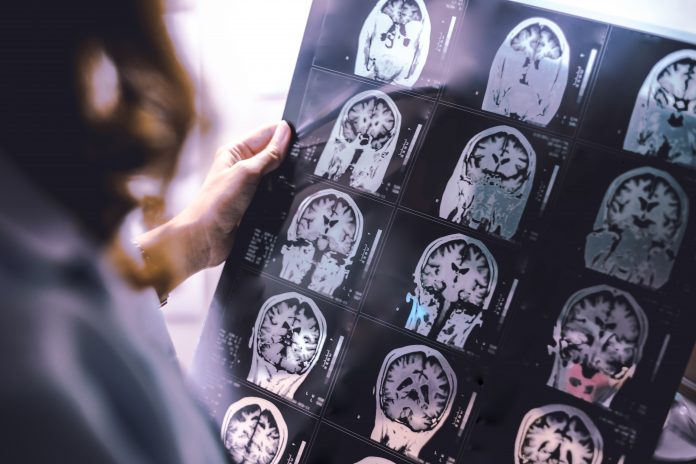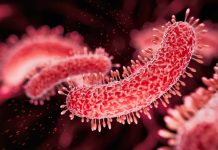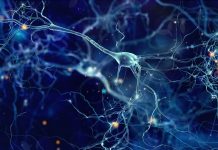Advancing neuroscience research improves quality of life for all people with neurological disorders, and ultimately can prevent or cure these diseases. Open Access Government highlight some research priorities in neuroscience
All over the world, scientists are working to better understand the brain, spinal cord, peripheral nerves, and neuromuscular system. Preventing neurological disorders and improving treatments is more necessary than ever, as brain disorders are becoming more common due to ageing populations.
Currently, 16% of the European population is over 65, with this figure expected to reach 25% by 2030. Furthermore, in the U.S., there are more Americans ages 65 and older today — just over 49 million — than at any other time in history, and we expect these numbers to grow as more Baby Boomers (individuals born between 1946 and 1964) reach retirement age, stated National Institute on Aging (NIA) Director Richard J. Hodes, MD.
Accelerating neuroscience research will result in improvements in quality of life not just for the ageing populations, but for everyone with neurological disorders from different sectors of society.
Progress in preventing strokes and promoting brain health has had a major impact on public health internationally. However, the progress in preventing strokes has in fact been the exception; there has been much less progress in preventing other neurological disorders.
Neurodegenerative diseases are incurable and debilitating conditions that result in progressive degeneration or death of nerve cells. They include Alzheimer’s disease and other dementias, Parkinson’s disease, Huntington’s disease, motor neurone disease, Creutzfeldt-Jakob disease and multiple sclerosis.
Of these, the dementias are responsible for the greatest burden of disease, with Alzheimer’s disease representing over 60% to 70% of cases. Basic research now underway does provide the foundation for preventing other diseases aside from strokes, for example, by understanding why acute pain becomes chronic for some people and how brain trauma can result in epilepsy, and there are encouraging results from recent trials showing that progress in controlling major stroke risk factors may also slow the development of dementia.
Furthermore, there is also increasing attention to the role of the environment, including stress, environmental chemicals, and a variety of other factors, relating to neurological disorders.
Stroke prevention and research into function loss
A stroke is a neurological condition that occurs when a blood vessel in the brain becomes blocked or narrowed, or when a blood vessel bursts and spills blood into the brain.
Just like a heart attack, a stroke requires immediate medical attention. Furthermore, some brain cells die because they stop getting the oxygen and nutrients they need to function, whereas other brain cells die because they are damaged by sudden bleeding in or around the brain.
The phrase “time is brain,” is commonly used, meaning that the sooner treatment begins, the better. Although stroke is a disease of the brain, it can affect the entire body, but with timely treatment it is possible to save these cells and greatly reduce and reverse the damage.
Many research institutes such as the U.S. National Institute of Neurological Disorders and Stroke (NINDS) are studying the mechanisms of stroke risk factors and the process of brain damage that results from stroke.
Scientists are working to develop new and better ways to help the brain repair itself to restore important functions. Strokes can be prevented and treated, and new advances in imaging and rehabilitation have shown that the brain can compensate for function lost because of a stroke.
Breakthroughs in emergency treatments improve outcomes for many people, and, with major improvements in stroke prevention, the age adjusted stroke death rate has fallen by more than 70% since NINDS was established, according to the Centers for Disease Control and Prevention (CDC), saving millions of people from premature disability and death.
In a previous Open Access Government article, Nina Schor, MD, PhD, NINDS Deputy Director and Acting Scientific Director discussed some of the research plans in place, writing, “NINDS welcomes and values both investigator-initiated and innovative team science. We have convened a taskforce to think through and operationalise the encouragement and facilitation of team science and anticipate that funding opportunities will soon arise from this effort.”
One in 26 people will develop epilepsy
Epilepsy research particularly requires innovative research across the missions of multiple NIH Institutes, and across many organisations throughout the U.S. and internationally.
At some point in their lifetime, an estimated one in 26 people will develop epilepsy— brain disorders characterised by seizures in which clusters of nerve cells, or neurons, are activated in an abnormal synchronised manner.
As the primary NIH Institute for epilepsy research, NINDS holds annual meetings provide a forum for:
• Sharing information about ongoing and planned epilepsy research activities.
• Highlighting advances.
• Discussing needs and opportunities.
• Promoting increased collaboration towards common research goals.
NINDS and its community-based research partners are dedicated to finding cures for the epilepsies and/or preventing epilepsy in individuals at risk of seizures.
Nina Schor stated in a previous article for Open Access Government that “over the next five years, NINDS will roll out initiatives that democratise the availability of advanced technologies and approaches to neuroscience research and neurological disorders.
We will enhance our training, grant mechanisms, and outreach to communities currently underrepresented in science and medicine. We have already made program enhancements available to those most affected by the COVID-19 pandemic.”








